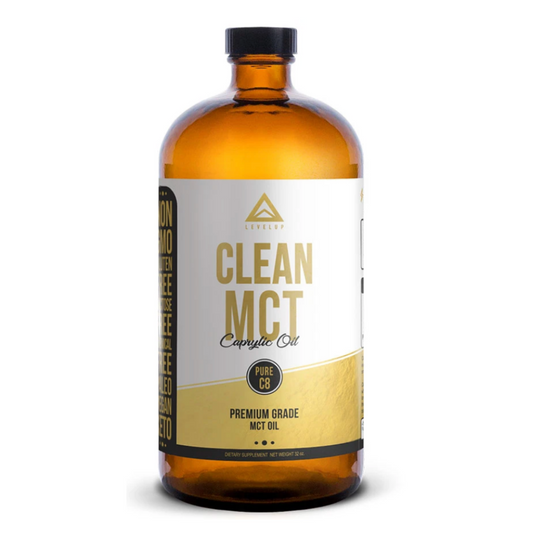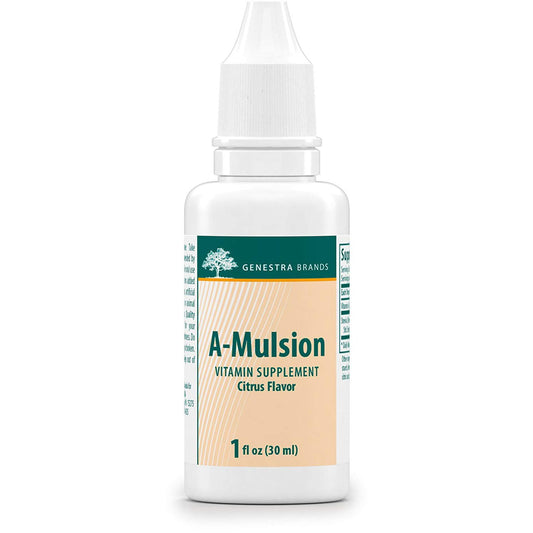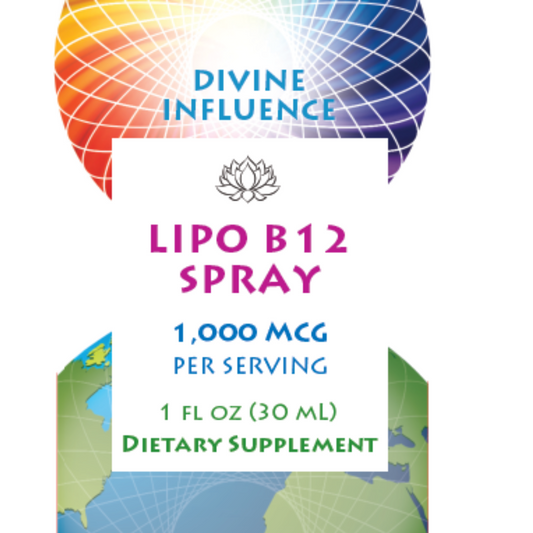Rupa
Hair Elements ( Doctor's Data )
Couldn't load pickup availability
Shipping & Returns
Shipping & Returns
*No Returns On Any Products - All Sales Are Final*
DOMESTIC ORDERS:
Orders are picked up daily from our office by USPS at 3:30 pm EST. To ensure that your order will get out the same day you place it, please make sure to have the order in by that time. All orders placed after 3:30 pm EST will get picked up by USPS the next day.
If you are local to the Cleveland, Ohio area, you should receive your order in 1-2 days. You can also pick up orders directly from our Clinic, located at 2460 Fairmount Boulevard, Suite #202, Cleveland Heights, OH 44106.
INTERNATIONAL ORDERS:
You are responsible for paying any customs or duties.
The Hair Elements profile provides information regarding recent and ongoing exposure to several toxic metals and the status of specific nutrient elements. This noninvasive screening test requires only .25 grams of hair.
Biomarkers
The test includes a variety of elements, some of which can be toxic in high concentrations. These elements include:
- Essential and Beneficial Elements: Such as iron, phosphorus, iodine, lithium, cobalt, molybdenum, manganese, and calcium.
- Potentially Toxic Elements: Including mercury, cadmium, arsenic, lead, beryllium, aluminum, and nickel. These elements can be harmful at high levels or with prolonged exposure.
- Additional Elements: Like uranium, potassium, sodium, vanadium, boron, zirconium, titanium, sulfur, rubidium, germanium, silver, tin, strontium, thorium, thallium, platinum, bismuth, barium, and antimony. The presence and levels of these elements can provide information about environmental exposure and potential health impacts.
What Type of Sample is Needed to Complete the Hair Elements Test?
To complete the Hair Elements Test, a specific type of sample is required:
Sample Type
The test necessitates a hair sample. Hair is chosen for this test because it can provide a long-term record of the body's exposure to various elements. Unlike blood or urine tests that reflect the body's current state, hair analysis can show a history of elemental intake and exposure over weeks to months.
Preparation for Sample Collection:
Patients do not need to follow any special diet prior to taking the test. This makes it convenient as it does not disrupt the patient's normal routine or dietary habits. Generally, patients are not required to discontinue their medications or dietary supplements before taking the test. However, it's crucial to follow any specific instructions from the physician. Certain medications or supplements could potentially influence the levels of some elements in the hair.
Hair Condition Considerations:
Chemically Treated Hair: It's important to note that hair that has been permed, dyed, bleached, or chemically treated may not be suitable for analysis. These chemical treatments can alter the natural composition of the hair and potentially lead to contamination or skewed results.
Untreated Hair: Ideally, the hair sample should be free from chemical treatments to ensure the most accurate analysis. This includes avoiding any hair products that might leave residues or alter the hair's natural elemental composition.
Sample Collection and Submission:
Instructions: Specific instructions for how to collect the hair sample are provided with the test kit. It's important to follow these instructions carefully to ensure the validity of the sample.
Sending the Sample: Once collected, the hair sample is sent to the laboratory for analysis. The process of sending the sample should follow the guidelines provided in the test kit to ensure it arrives in good condition..
The Hair Elements Test is a valuable diagnostic tool, particularly in the field of environmental medicine and holistic health, where understanding a patient's long-term exposure to various elements is crucial for effective diagnosis and treatment planning
Description
The Hair Elements profile provides information regarding recent and ongoing exposure to several toxic metals and the status of specific nutrient elements. This noninvasive screening test requires only .25 grams of hair.
Biomarkers
The test includes a variety of elements, some of which can be toxic in high concentrations. These elements include:
- Essential and Beneficial Elements: Such as iron, phosphorus, iodine, lithium, cobalt, molybdenum, manganese, and calcium.
- Potentially Toxic Elements: Including mercury, cadmium, arsenic, lead, beryllium, aluminum, and nickel. These elements can be harmful at high levels or with prolonged exposure.
- Additional Elements: Like uranium, potassium, sodium, vanadium, boron, zirconium, titanium, sulfur, rubidium, germanium, silver, tin, strontium, thorium, thallium, platinum, bismuth, barium, and antimony. The presence and levels of these elements can provide information about environmental exposure and potential health impacts.
What Type of Sample is Needed to Complete the Hair Elements Test?
To complete the Hair Elements Test, a specific type of sample is required:
Sample Type
The test necessitates a hair sample. Hair is chosen for this test because it can provide a long-term record of the body's exposure to various elements. Unlike blood or urine tests that reflect the body's current state, hair analysis can show a history of elemental intake and exposure over weeks to months.
Preparation for Sample Collection:
Patients do not need to follow any special diet prior to taking the test. This makes it convenient as it does not disrupt the patient's normal routine or dietary habits. Generally, patients are not required to discontinue their medications or dietary supplements before taking the test. However, it's crucial to follow any specific instructions from the physician. Certain medications or supplements could potentially influence the levels of some elements in the hair.
Hair Condition Considerations:
Chemically Treated Hair: It's important to note that hair that has been permed, dyed, bleached, or chemically treated may not be suitable for analysis. These chemical treatments can alter the natural composition of the hair and potentially lead to contamination or skewed results.
Untreated Hair: Ideally, the hair sample should be free from chemical treatments to ensure the most accurate analysis. This includes avoiding any hair products that might leave residues or alter the hair's natural elemental composition.
Sample Collection and Submission:
Instructions: Specific instructions for how to collect the hair sample are provided with the test kit. It's important to follow these instructions carefully to ensure the validity of the sample.
Sending the Sample: Once collected, the hair sample is sent to the laboratory for analysis. The process of sending the sample should follow the guidelines provided in the test kit to ensure it arrives in good condition..
The Hair Elements Test is a valuable diagnostic tool, particularly in the field of environmental medicine and holistic health, where understanding a patient's long-term exposure to various elements is crucial for effective diagnosis and treatment planning
These products have not been approved by or evaluated by the FDA and are not intended to diagnose, treat, cure or prevent any disease.
SHOP OUR BEST SELLERS
-
Clean MCT Oil
Vendor:Level UpRegular price From $28.00 USDRegular priceUnit price per -
A-Mulsion 1 oz.
Vendor:GenestraRegular price $25.99 USDRegular priceUnit price per -
Lipo Hydroxy B12 Spray 1 oz
Vendor:Options NaturopathicRegular price $41.90 USDRegular priceUnit price per -
D3 Absorb (1oz)
Vendor:Options NaturopathicRegular price $25.90 USDRegular priceUnit price per




